In the dynamic landscape of logistics and transportation, the efficiency of container handling is paramount. One critical aspect that often determines the seamless movement of goods is the container chassis height from ground. At CarMax Trailer, we delve deep into the intricacies of chassis design, height specifications, and their impact on operations. This comprehensive guide aims to equip industry professionals with the knowledge needed to optimize their fleet for maximum performance and safety.
Table of Contents
- Introduction to Container Chassis
- Significance of Chassis Height
- Standard Chassis Heights Explained
- Factors Influencing Chassis Height
- CarMax Trailer’s Approach to Optimal Chassis Height
- Impact on Vehicle Performance and Safety
- Adjustability and Customization Options
- Maintenance Considerations
- Future Trends in Chassis Design
- Conclusion
- Frequently Asked Questions
Introduction to Container Chassis
A container chassis is a specialized framework designed to support and transport shipping containers. It connects the container to the tractor unit, facilitating efficient movement across various terrains. Understanding the chassis’ dimensions, particularly its height from the ground, is essential for ensuring compatibility with existing infrastructure and vehicles.
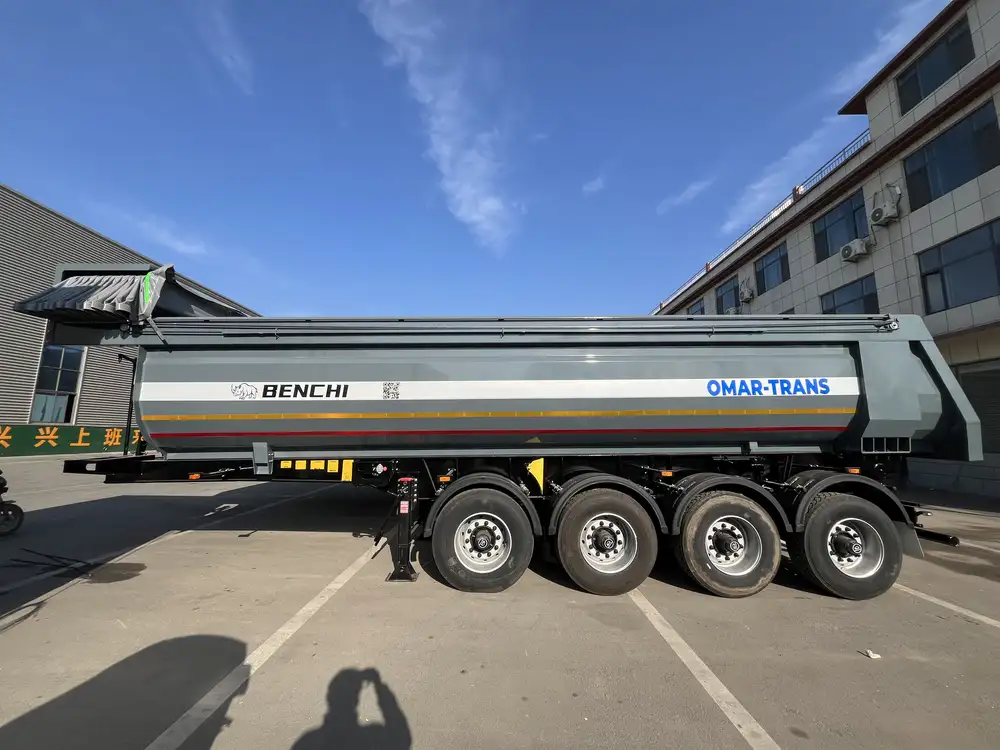
Key Components of a Container Chassis
- Frame Structure: The backbone supporting the container’s weight.
- Axles: Distribute the load and provide stability.
- Wheels and Tires: Ensure smooth movement and traction.
- Coupling Mechanism: Connects the chassis to the tractor unit.
Significance of Chassis Height
The height of the chassis from the ground plays a pivotal role in several operational aspects:
- Ground Clearance: Determines the ability to navigate uneven terrains without undue wear.
- Compatibility: Ensures alignment with tractor units and loading docks.
- Stability: Affects the center of gravity, influencing handling and safety.
- Loading Efficiency: Impacts the ease of container loading and unloading processes.
Standard Chassis Heights Explained
Understanding the standard heights is crucial for industry stakeholders to make informed decisions. Below is a comparative table outlining common chassis heights:
| Chassis Type | Standard Height (inches) | Typical Applications |
|---|---|---|
| Lowboy Chassis | 20-22 | Heavy machinery, oversized loads |
| Step Deck Chassis | 16-18 | General-purpose freight |
| Platform Chassis | 18-20 | Containers, pallets |
| Double Drop Chassis | 12-14 | Deep containers, specialized loads |
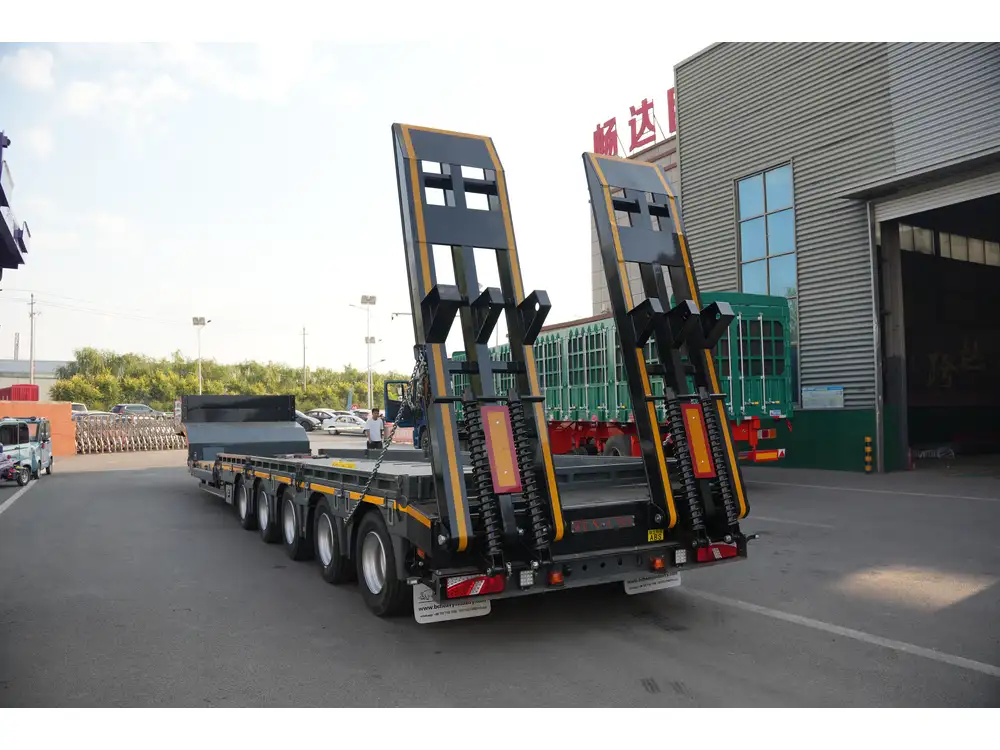
Detailed Overview
- Lowboy Chassis (20-22 inches): Designed for heavy and tall loads, these chassis offer increased ground clearance, preventing damage during transit.
- Step Deck Chassis (16-18 inches): Versatile for various cargo types, balancing height for stability and accessibility.
- Platform Chassis (18-20 inches): Ideal for standard containers, ensuring compatibility with most infrastructure.
- Double Drop Chassis (12-14 inches): Provides lower deck levels for deep containers, enhancing safety and handling.
Factors Influencing Chassis Height
Several variables determine the optimal chassis height for a specific application:
1. Container Type and Size
Different containers have varying height profiles. Ensuring the chassis accommodates these dimensions is vital for secure transportation.

2. Vehicle Compatibility
The chassis must align with the tractor units’ height specifications to maintain a uniform profile and safe towing dynamics.
3. Terrain and Road Conditions
Routes with uneven surfaces or obstacles necessitate higher ground clearance to prevent chassis or container damage.
4. Load Distribution
Balanced height contributes to proper weight distribution, enhancing vehicle stability and reducing strain on suspension systems.
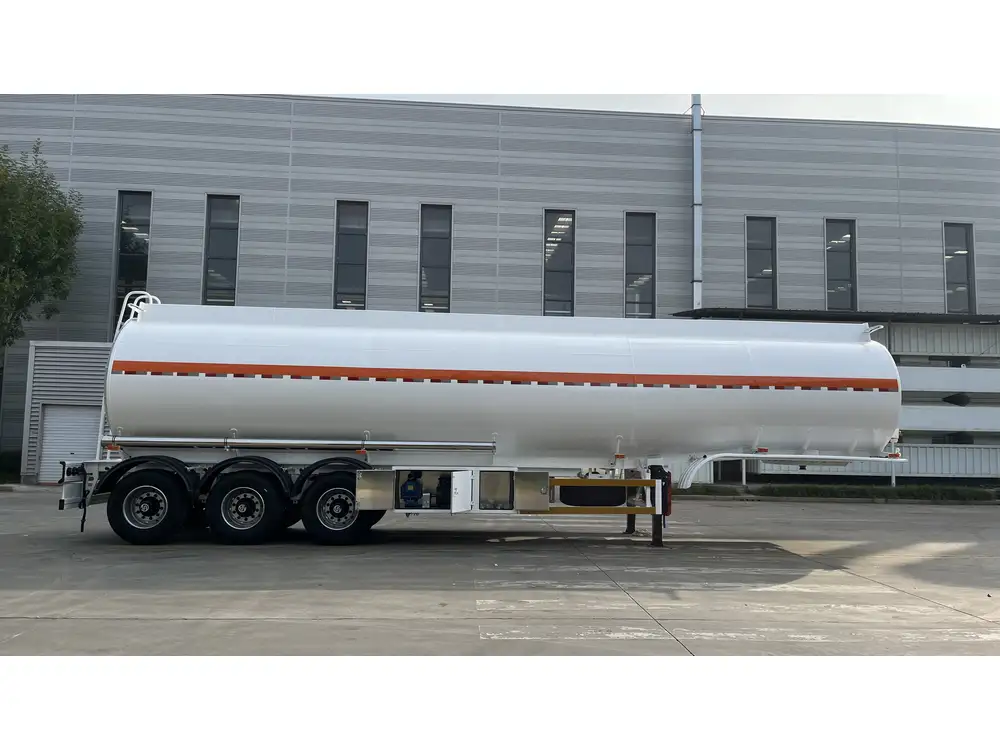
5. Regulatory Compliance
Adhering to transportation regulations regarding height restrictions ensures legal compliance and avoids potential penalties.
CarMax Trailer’s Approach to Optimal Chassis Height
At CarMax Trailer, we prioritize precision and adaptability in our chassis designs. Our engineering team meticulously considers all influencing factors to deliver chassis solutions that meet diverse operational needs.
Customization Capabilities
- Adjustable Heights: Offering flexibility to adapt to varying container types and operational requirements.
- Material Selection: Utilizing high-strength alloys to maintain structural integrity at different heights.
- Innovative Design: Incorporating features like adjustable suspension systems to enhance performance across terrains.

Quality Assurance
Every chassis undergoes rigorous testing to ensure durability, safety, and performance. Our commitment to quality guarantees that CarMax Trailer’s chassis remain reliable under the most demanding conditions.
Impact on Vehicle Performance and Safety
The chassis height directly influences both performance and safety metrics:
1. Handling and Maneuverability
Optimal height ensures balanced handling, reducing the risk of rollover incidents and enhancing driver control, especially during sharp turns.
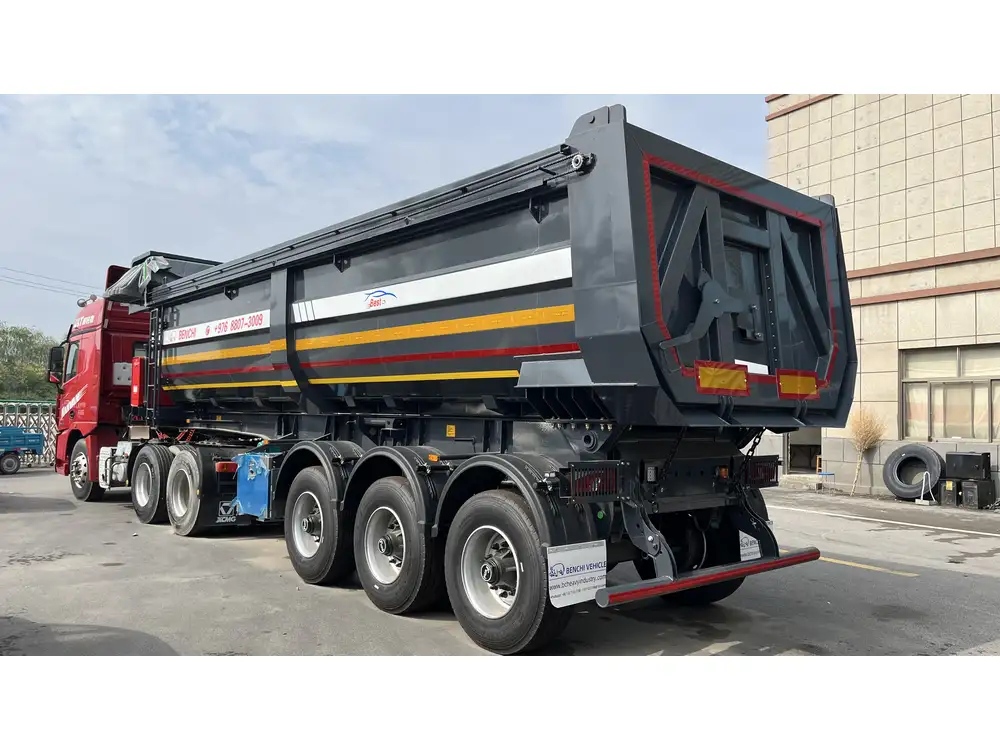
2. Vehicle Stability
Proper chassis height maintains the center of gravity within safe limits, minimizing sway and improving overall stability during transit.
3. Fuel Efficiency
Efficient chassis design can reduce aerodynamic drag, contributing to better fuel economy and lower operational costs.
4. Safety Compliance
Adhering to height regulations prevents accidents and ensures smooth passage through gateways, overpasses, and other infrastructure.
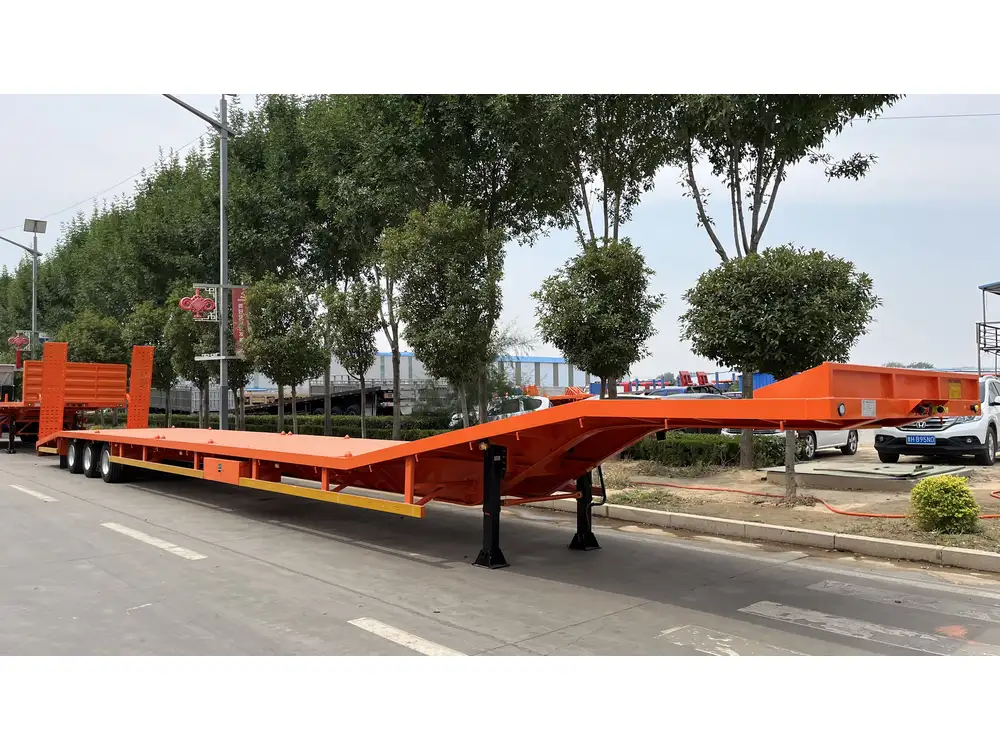
Adjustability and Customization Options
Flexibility in chassis height is essential to cater to varied operational demands. CarMax Trailer offers several customization options:
Adjustable Suspension Systems
Enable real-time height adjustments to adapt to different load weights and road conditions, ensuring optimal performance.
Modular Components
Facilitate easy modifications and upgrades, allowing businesses to respond swiftly to changing logistics requirements.
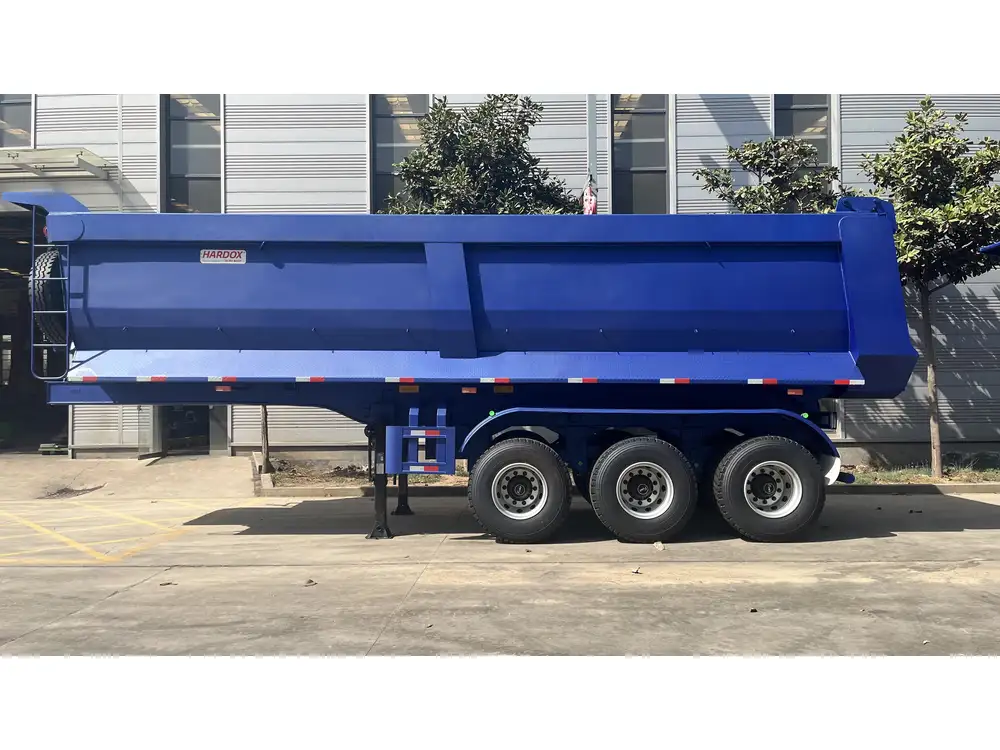
Height Indicators
Incorporate built-in height measurement tools for quick and accurate adjustments, enhancing operational efficiency.
Maintenance Considerations
Proper maintenance of the chassis height system is crucial for longevity and consistent performance:
Regular Inspections
Frequent checks for wear and tear, especially on adjustable components, to identify and address potential issues promptly.
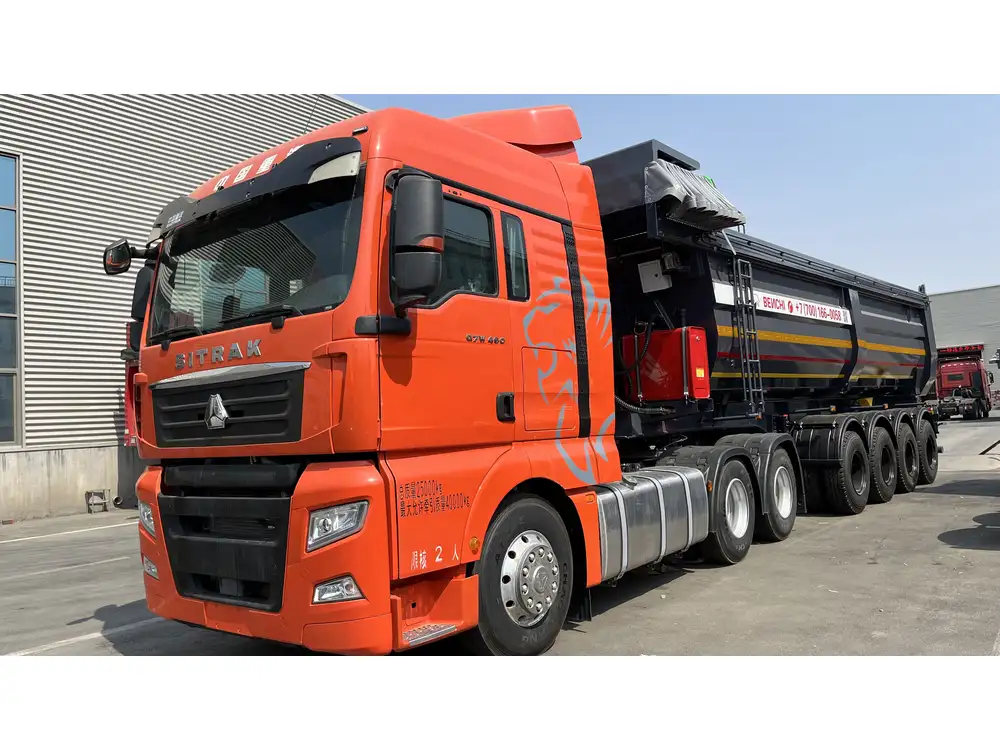
Lubrication of Moving Parts
Ensures smooth adjustments and prevents corrosion, maintaining the integrity of height-adjustment mechanisms.
Professional Servicing
Partnering with certified technicians to perform comprehensive maintenance tasks, ensuring adherence to safety standards.
Documentation and Tracking
Maintaining detailed maintenance records aids in tracking the chassis’ condition and scheduling timely interventions.

Future Trends in Chassis Design
The evolution of chassis design is driven by technological advancements and shifting industry demands. CarMax Trailer stays ahead by embracing the following trends:
1. Smart Chassis Systems
Integration of IoT devices for real-time monitoring of chassis height, load distribution, and overall performance, enabling predictive maintenance and enhanced operational insights.
2. Lightweight Materials
Adoption of advanced composites and high-strength alloys to reduce weight without compromising strength, improving fuel efficiency and load capacity.

3. Autonomous Adjustments
Development of automated height adjustment mechanisms that respond dynamically to changing conditions, minimizing manual intervention and enhancing precision.
4. Sustainability Focus
Designing eco-friendly chassis with recyclable materials and energy-efficient manufacturing processes to reduce environmental impact.
5. Enhanced Ergonomics
Improving driver interfaces and control systems for height adjustments, fostering ease of use and reducing operational fatigue.

Conclusion
The container chassis height from ground is a fundamental element that influences the efficiency, safety, and performance of logistics operations. At CarMax Trailer, our commitment to innovation and quality ensures that our chassis solutions meet the highest standards, accommodating diverse needs and adapting to future challenges. By understanding and optimizing chassis height, businesses can achieve seamless transportation, enhance vehicle performance, and maintain compliance with industry regulations.
Frequently Asked Questions
1. What is the standard height range for container chassis from the ground?
The standard height for container chassis typically ranges between 12 to 22 inches from the ground, depending on the type of chassis and its intended application. Lowboy chassis, for example, are designed with a higher ground clearance of 20-22 inches, while double drop chassis have a lower height of 12-14 inches.

2. How does chassis height impact vehicle stability?
Chassis height affects the center of gravity of the loaded vehicle. An optimal height ensures balanced weight distribution, reducing the risk of rollover and enhancing overall stability during transit. Incorrect chassis height can lead to uneven weight distribution, increasing the likelihood of handling issues and accidents.
3. Can chassis height be adjusted on CarMax Trailers?
Yes, CarMax Trailers offer adjustable chassis heights through advanced suspension systems. This flexibility allows operators to modify the height based on load type, road conditions, and specific operational requirements, ensuring optimal performance and safety.
4. What factors should be considered when selecting chassis height?
When selecting chassis height, consider the type and size of containers, compatibility with tractor units, road and terrain conditions, load distribution requirements, and regulatory compliance. These factors collectively ensure that the chosen chassis height aligns with operational needs and safety standards.

5. How does chassis height affect fuel efficiency?
Chassis height can influence the aerodynamic profile of the vehicle. A chassis designed with optimal height reduces aerodynamic drag, which can improve fuel efficiency. Additionally, proper height ensures balanced load distribution, reducing unnecessary strain on the vehicle’s engine and suspension systems.



